






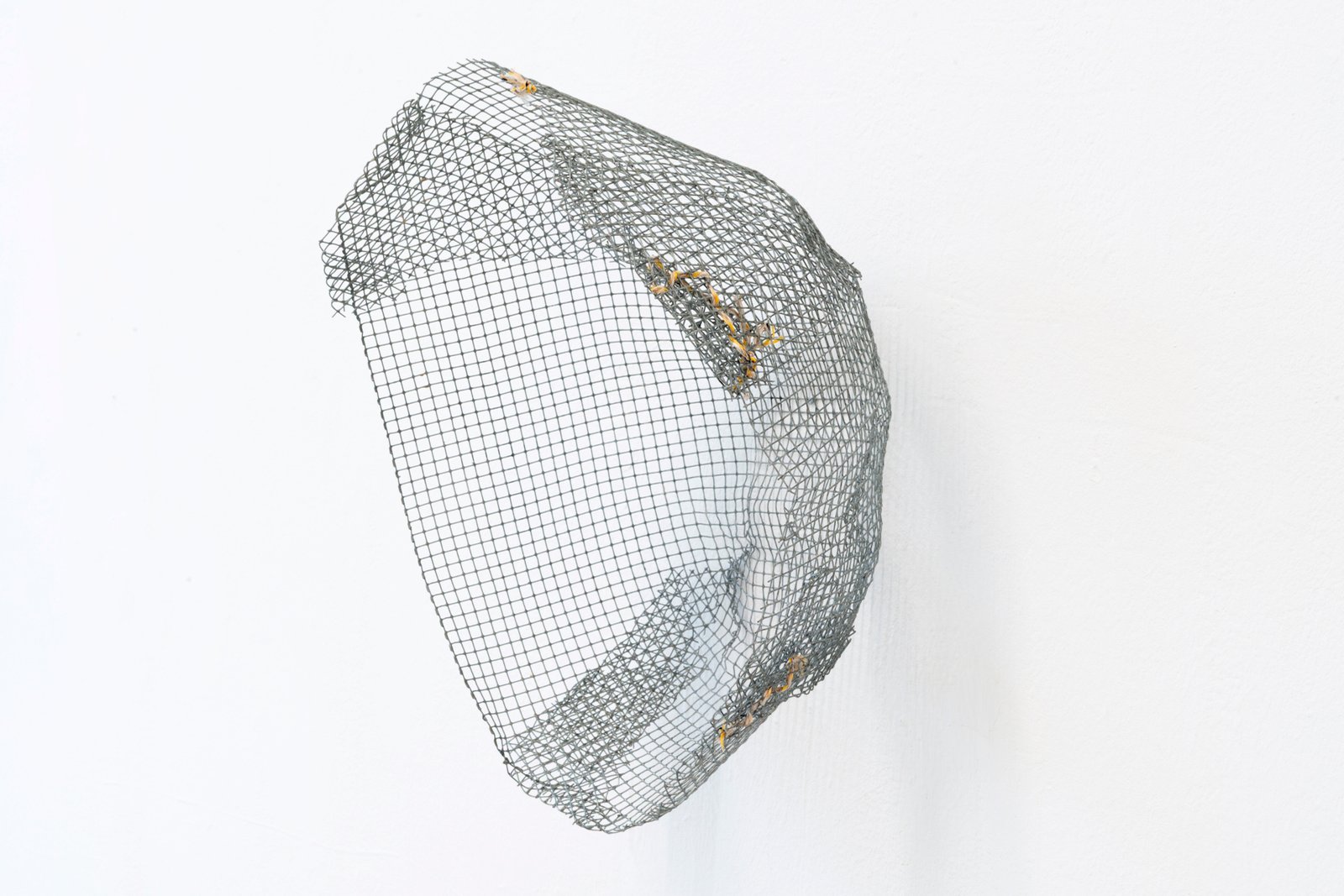
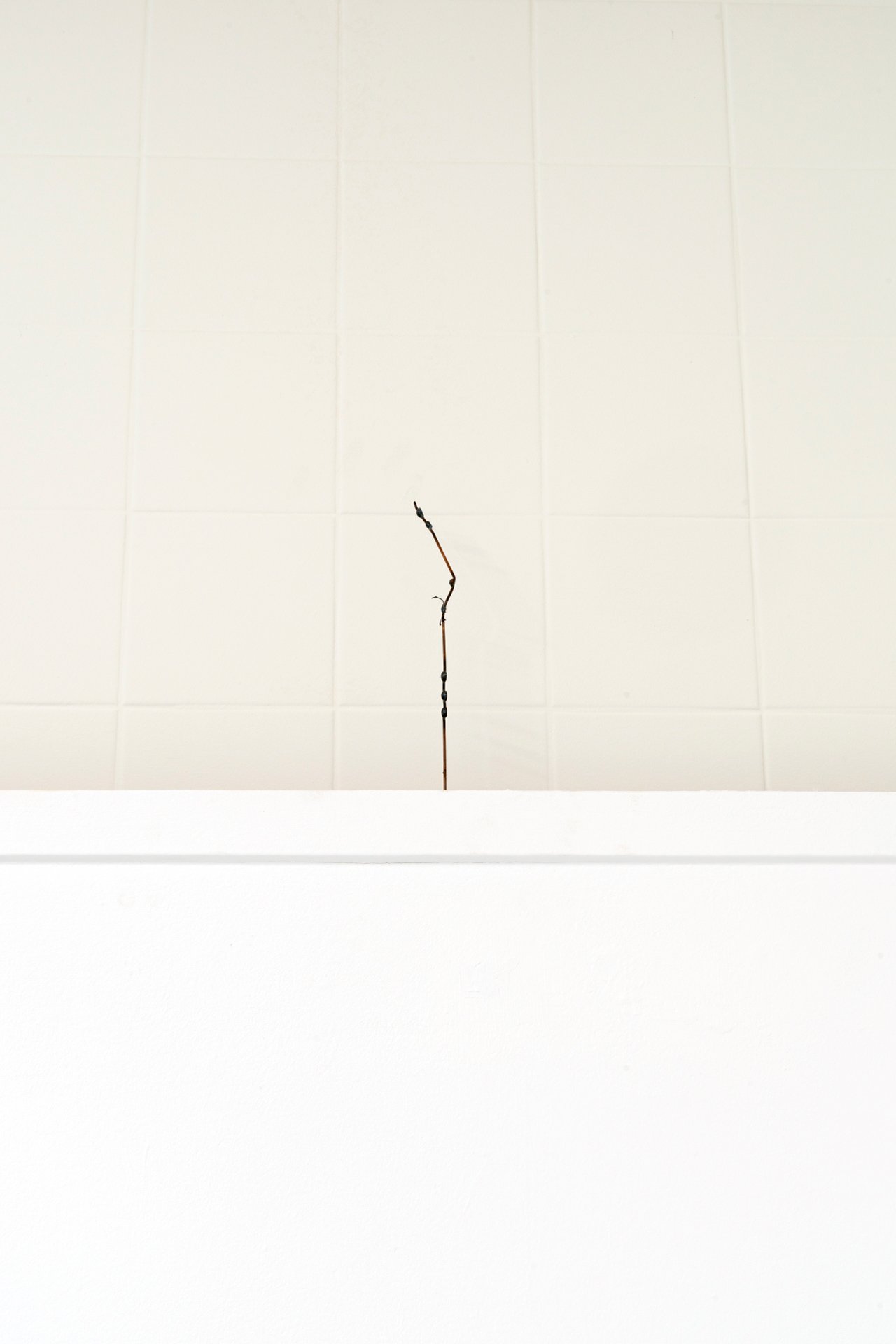
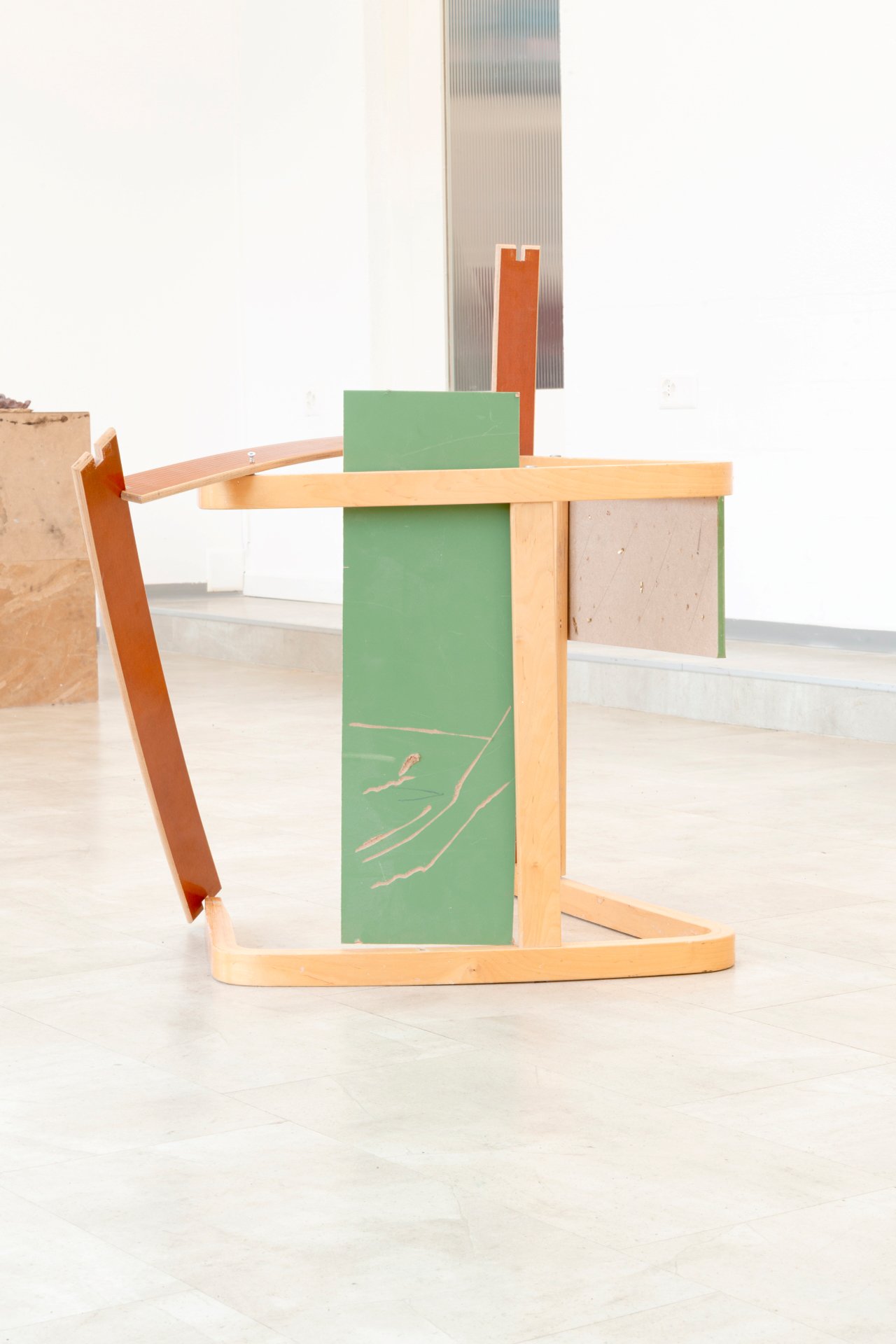
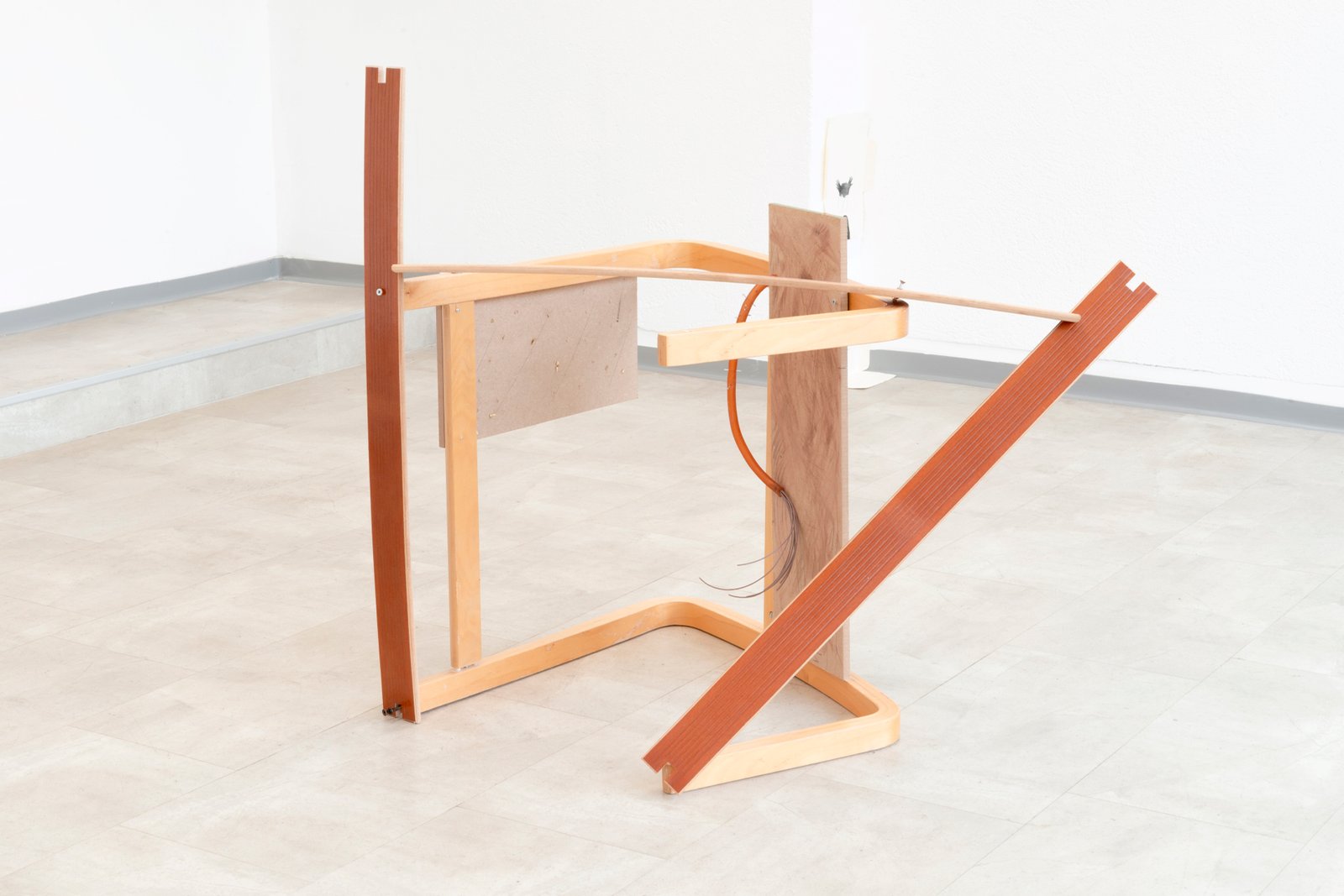
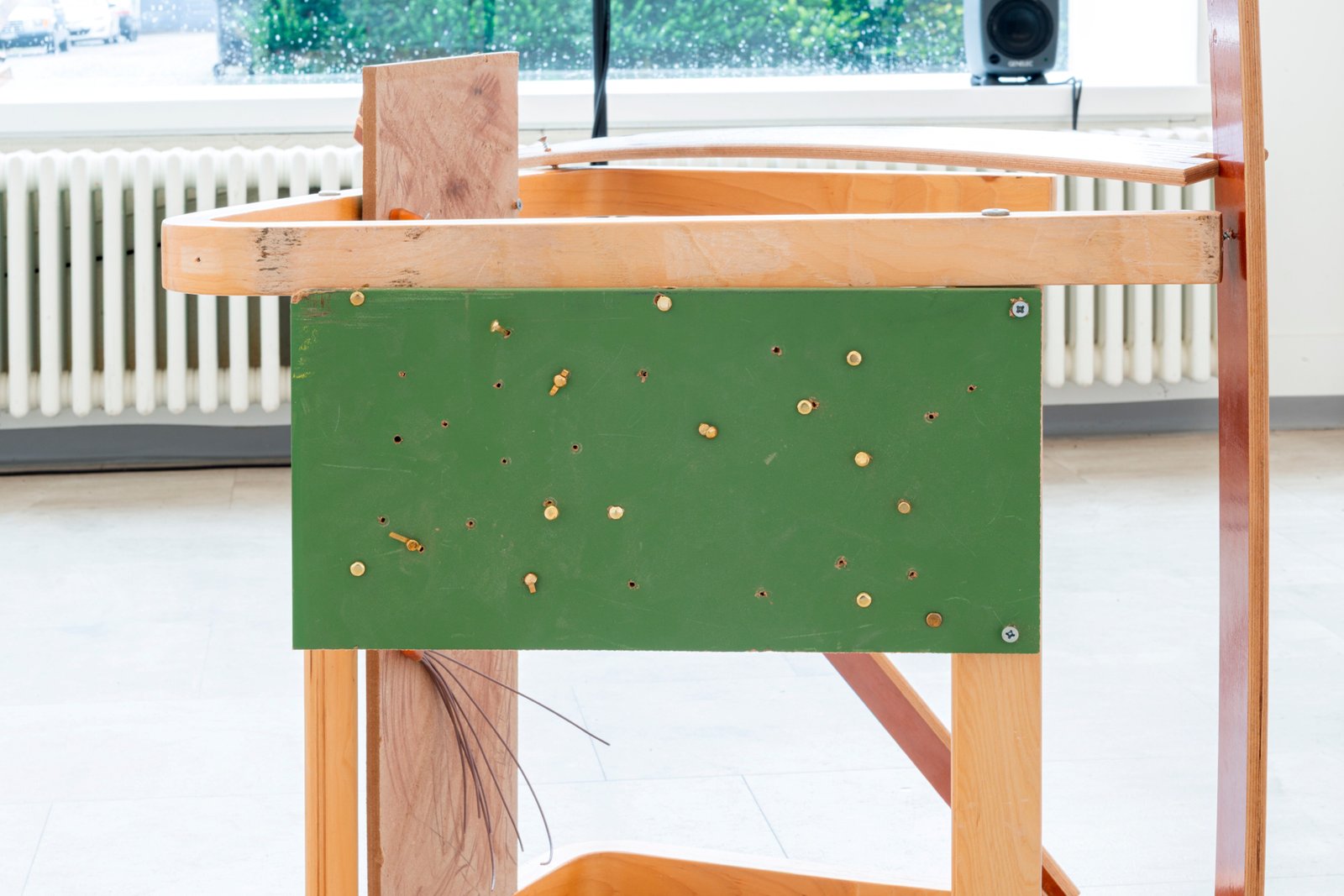
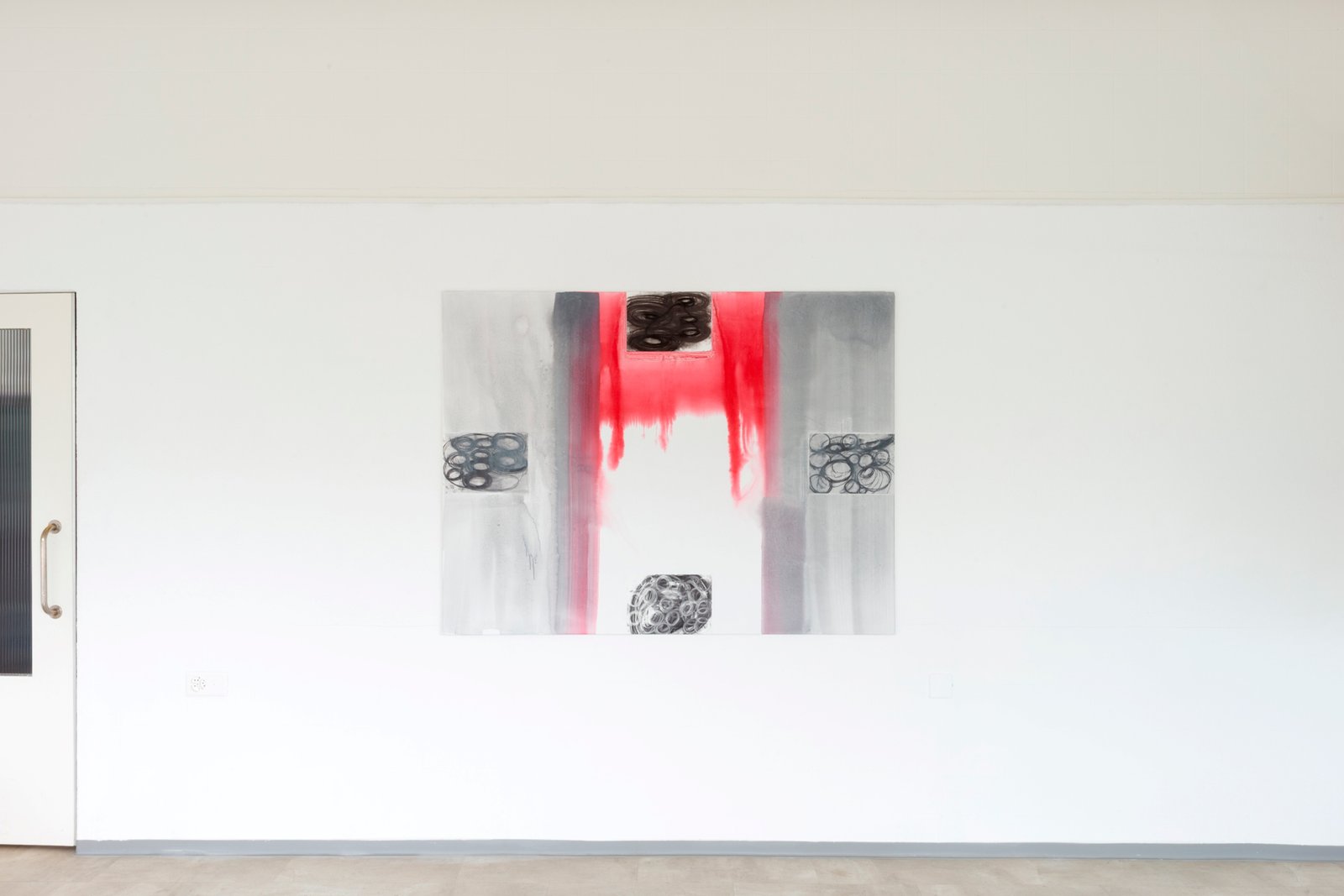
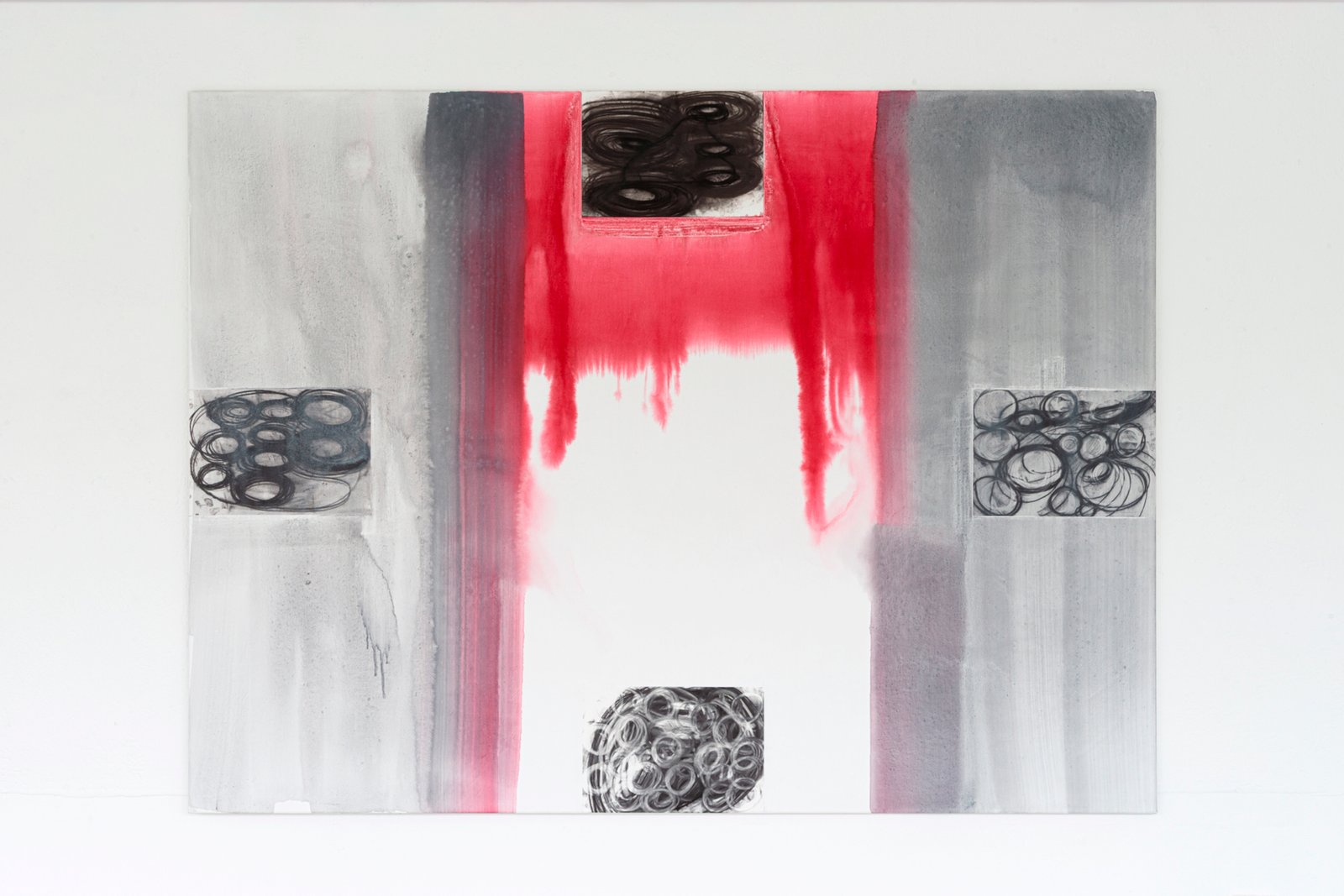
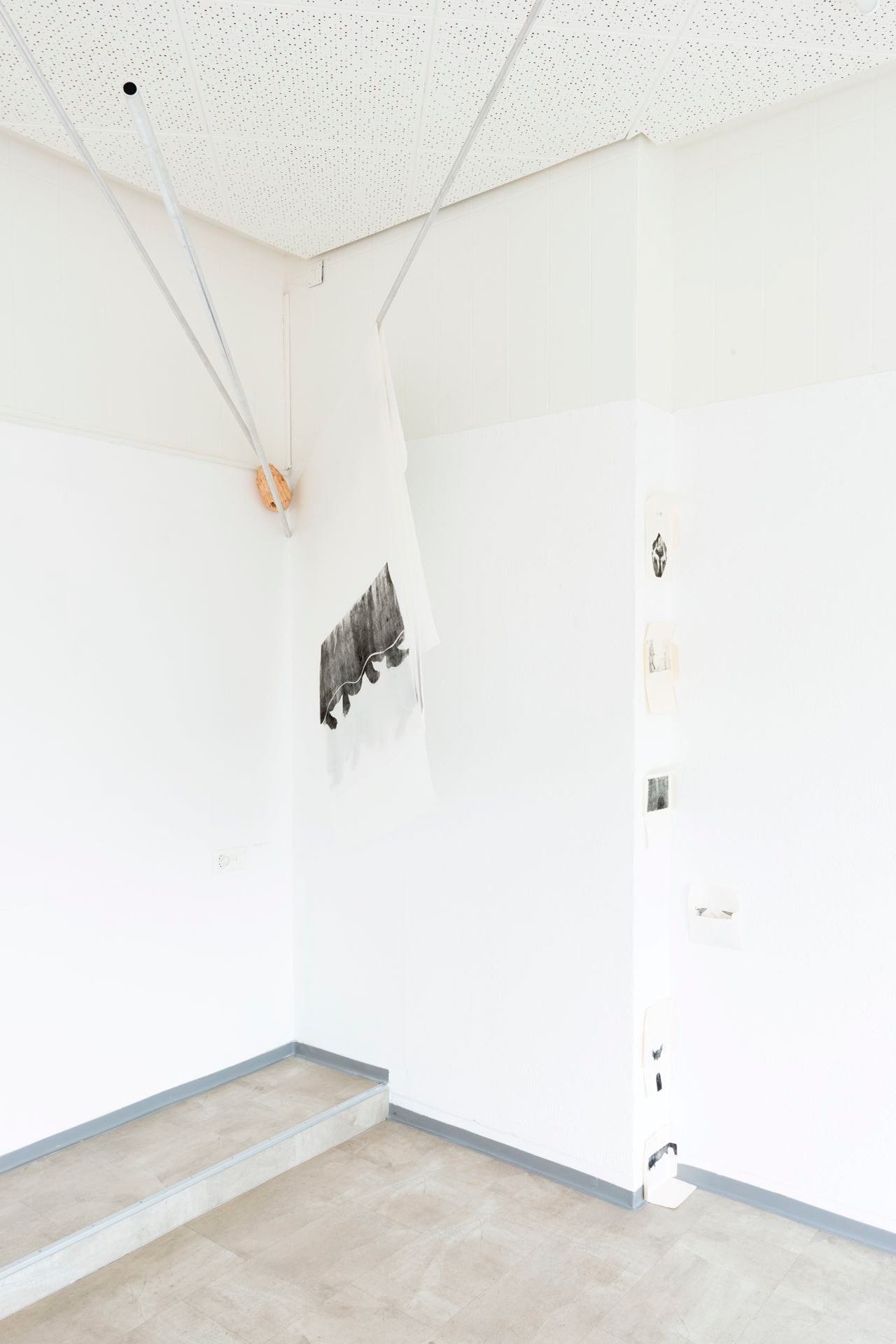
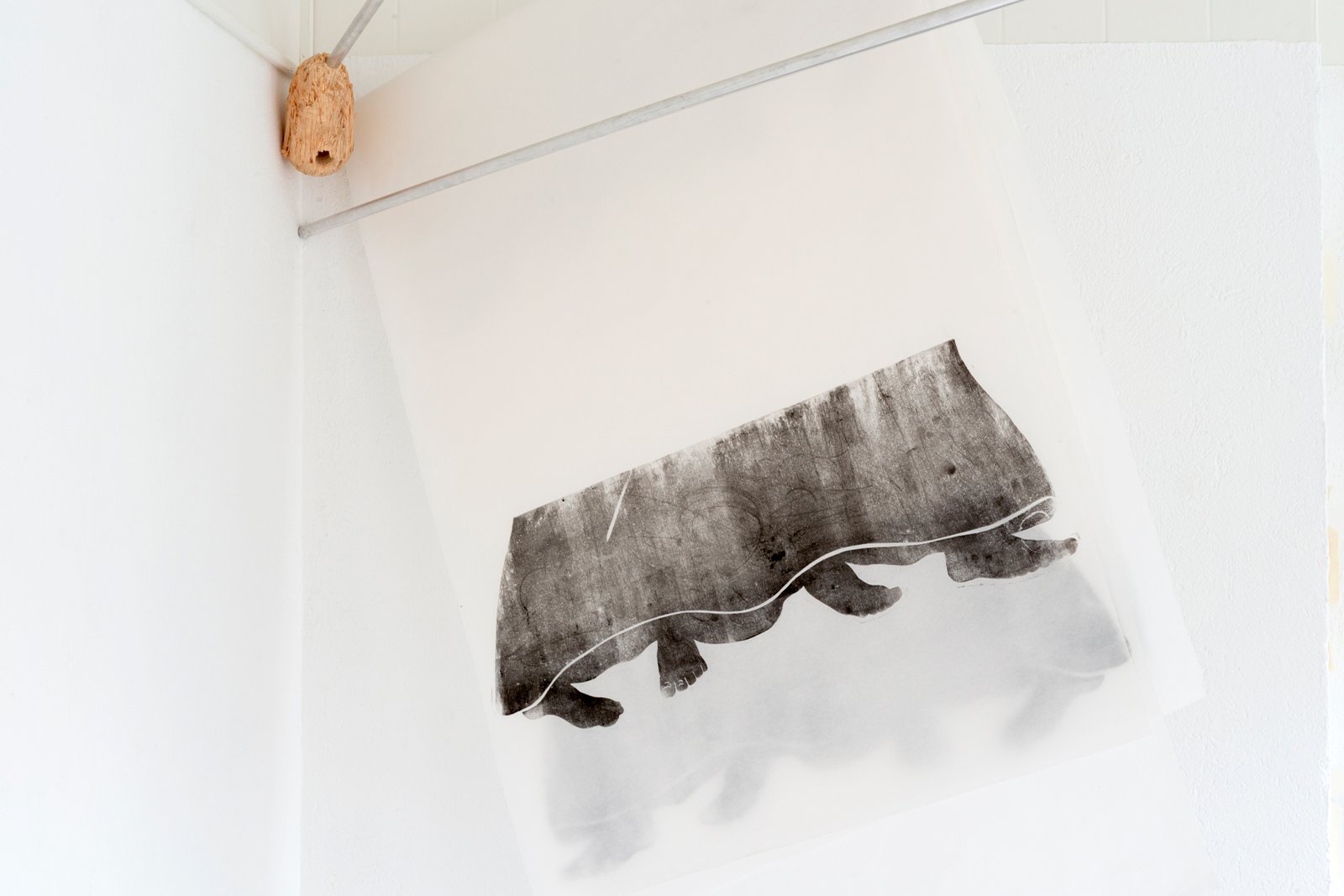
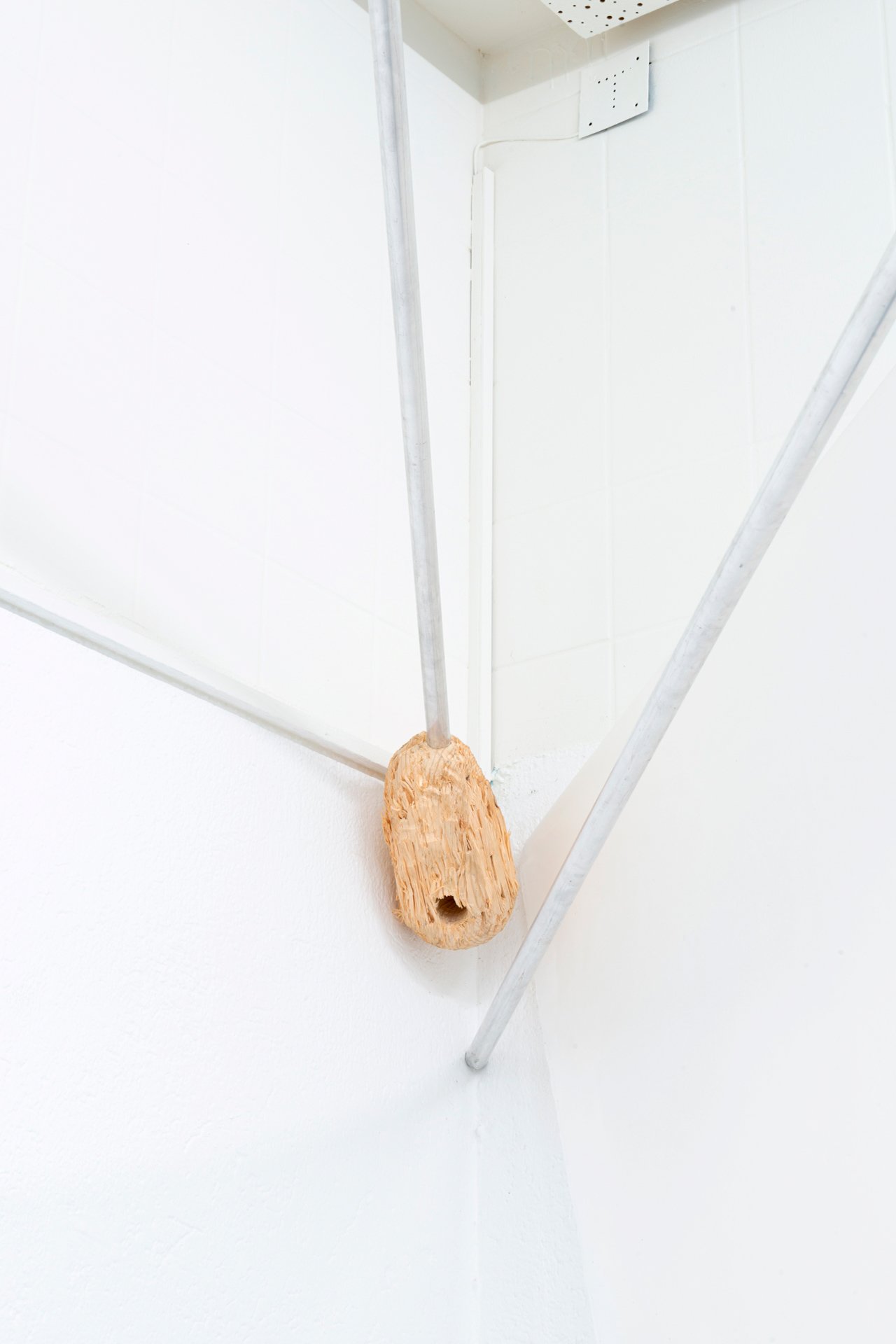
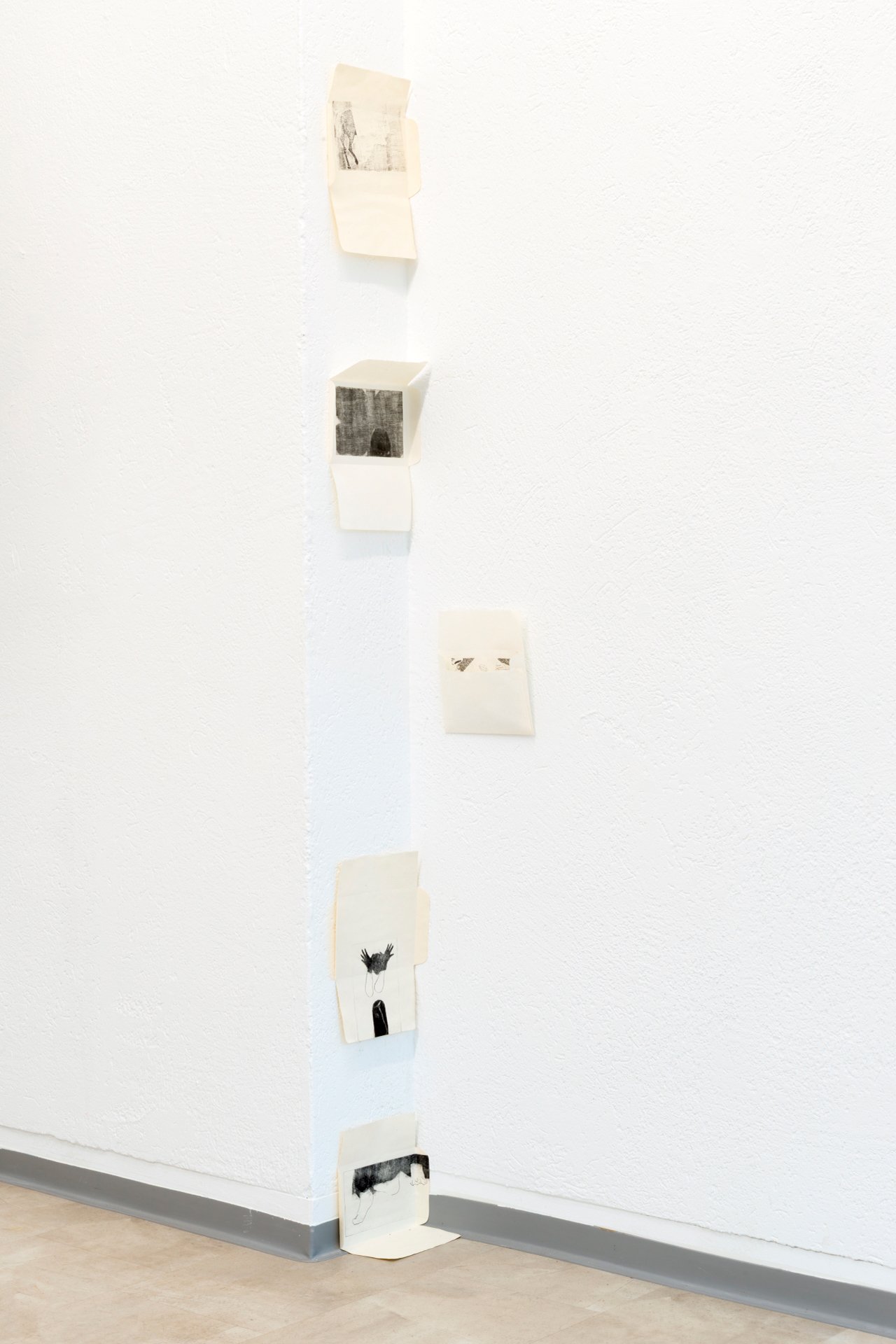
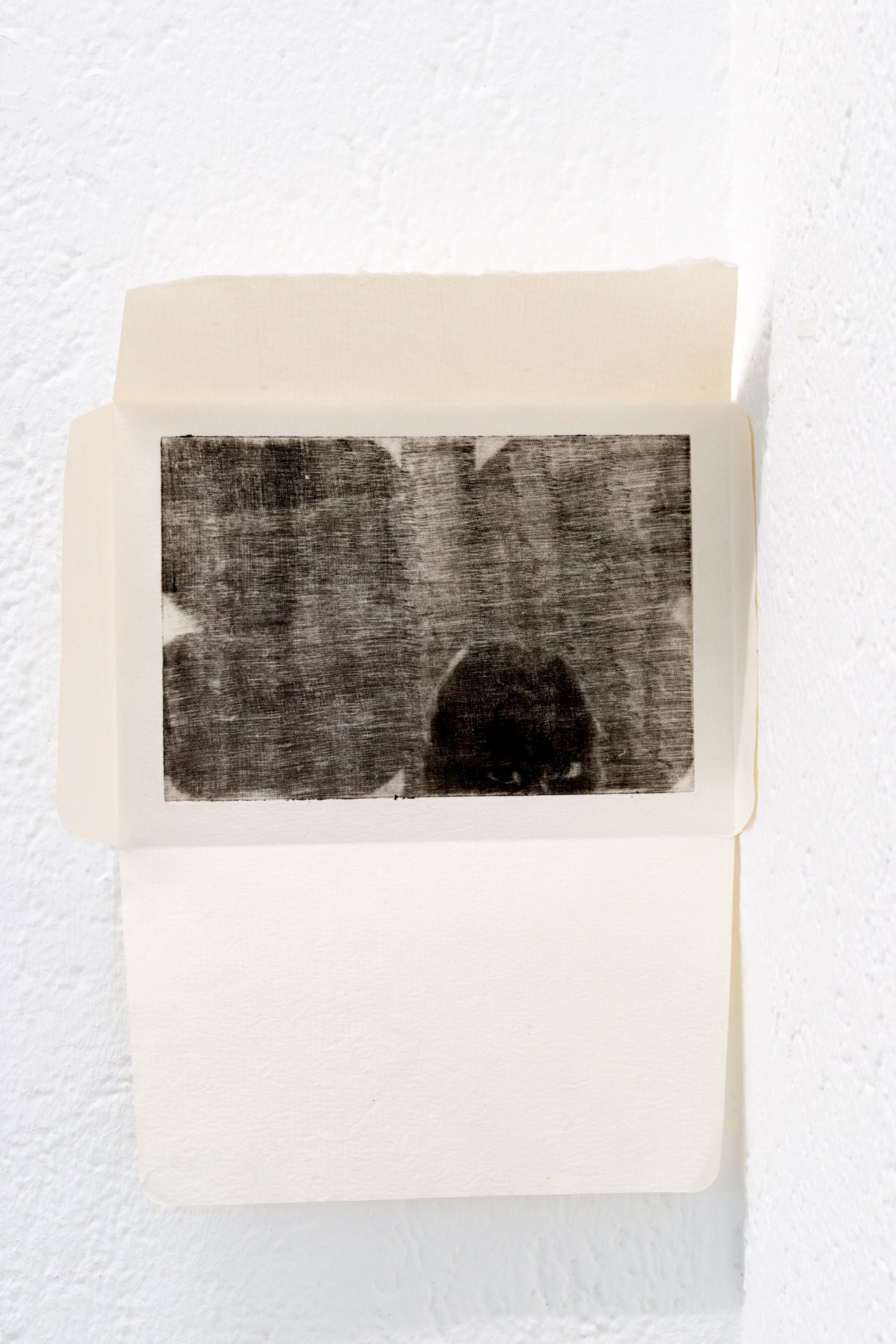
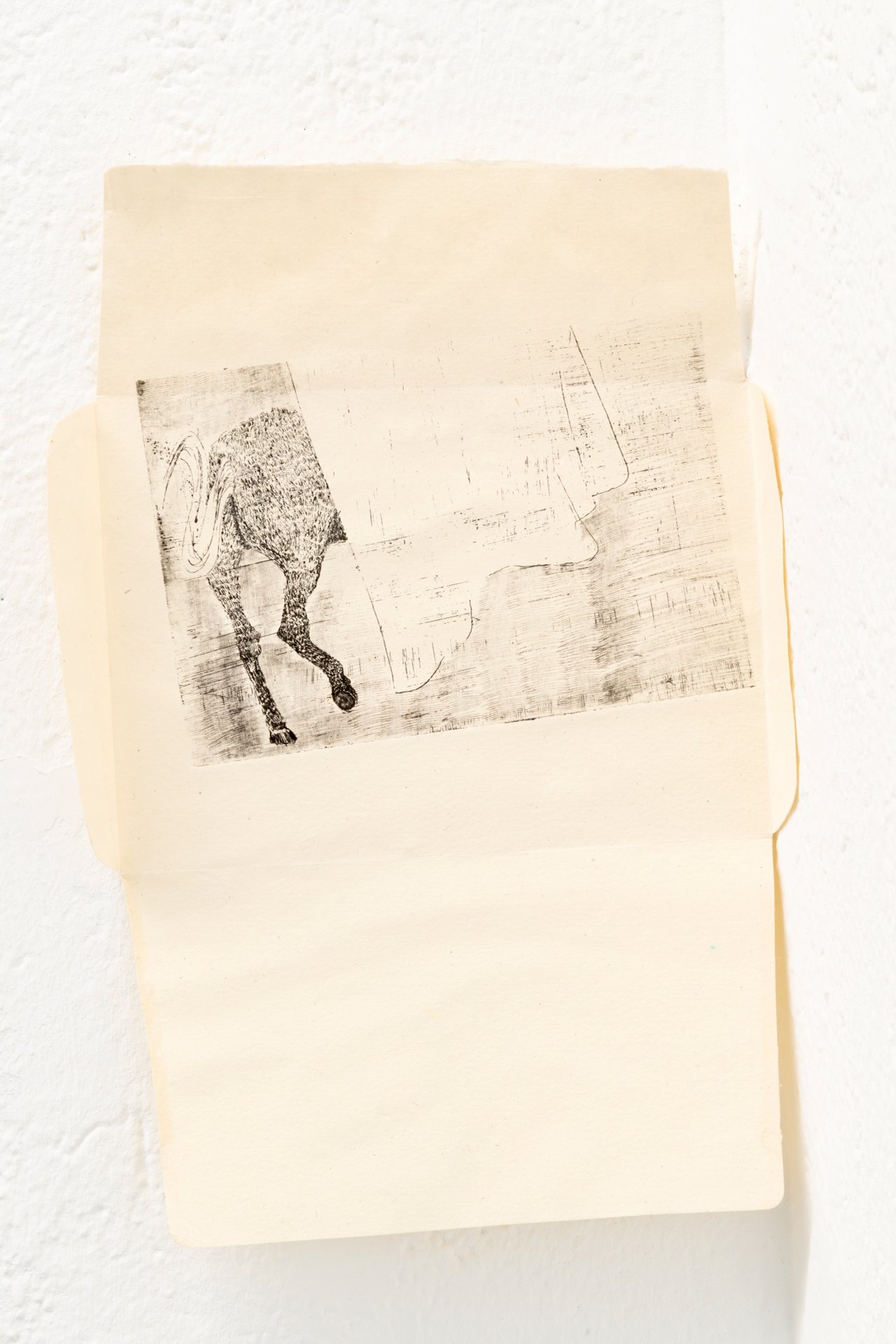
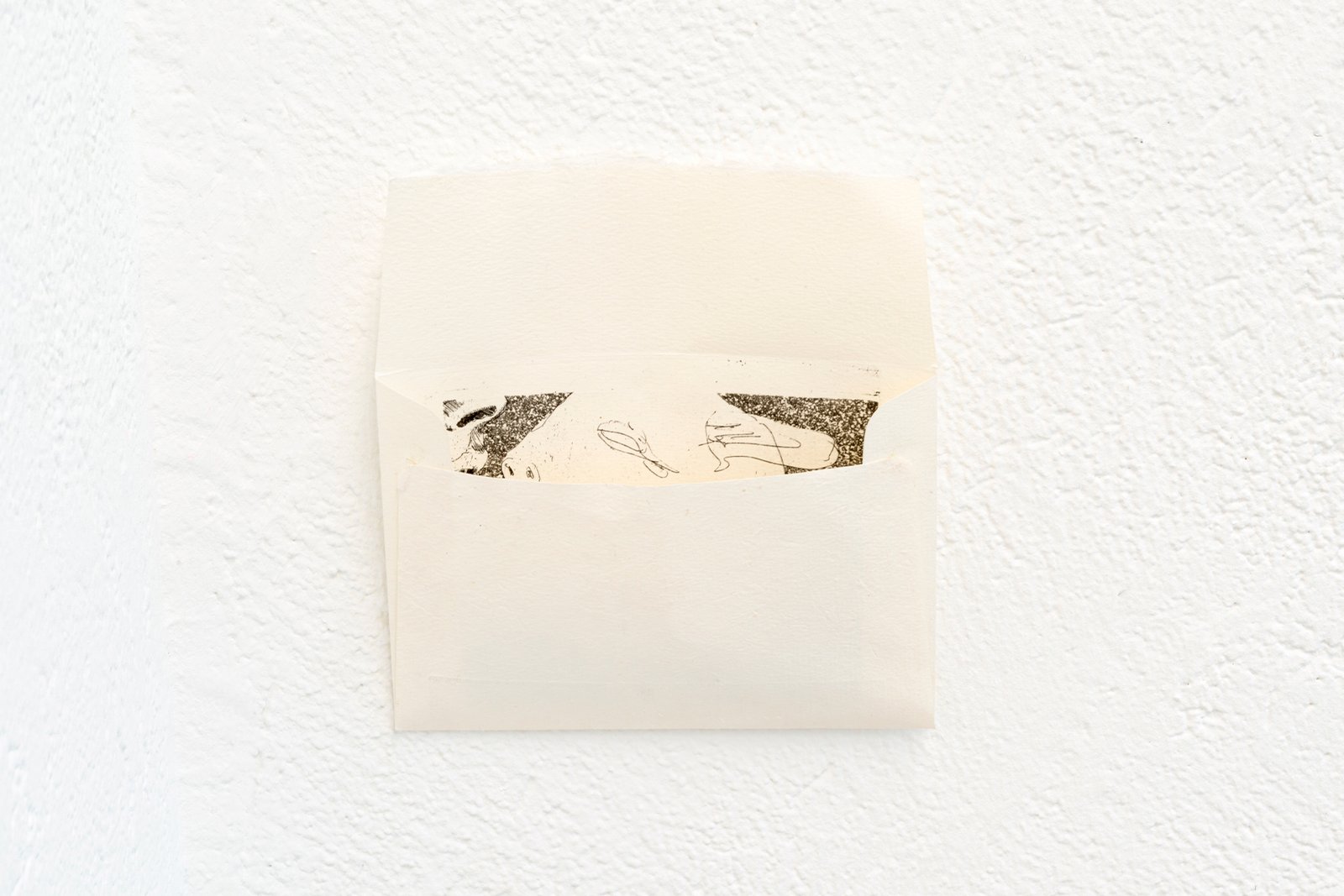
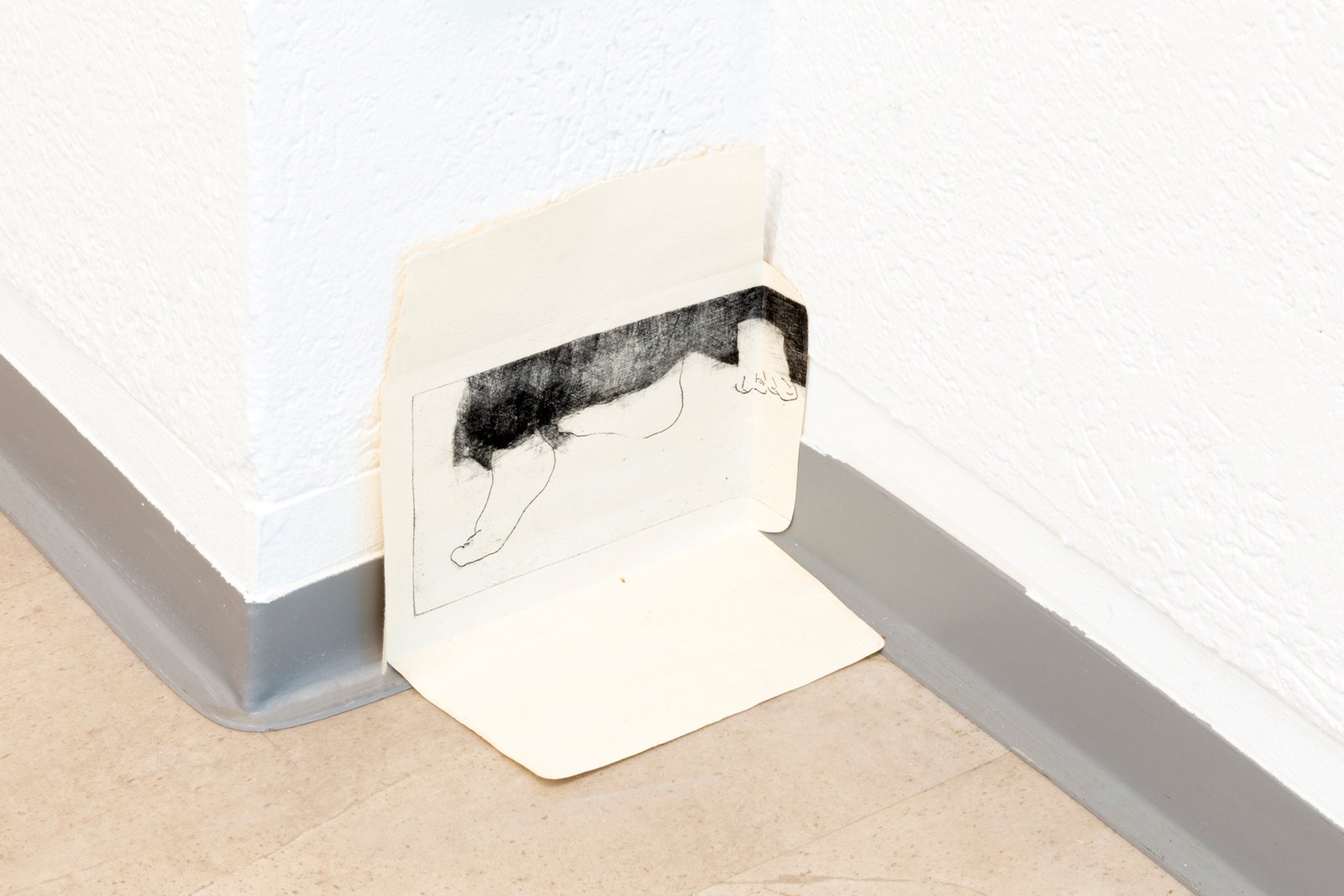
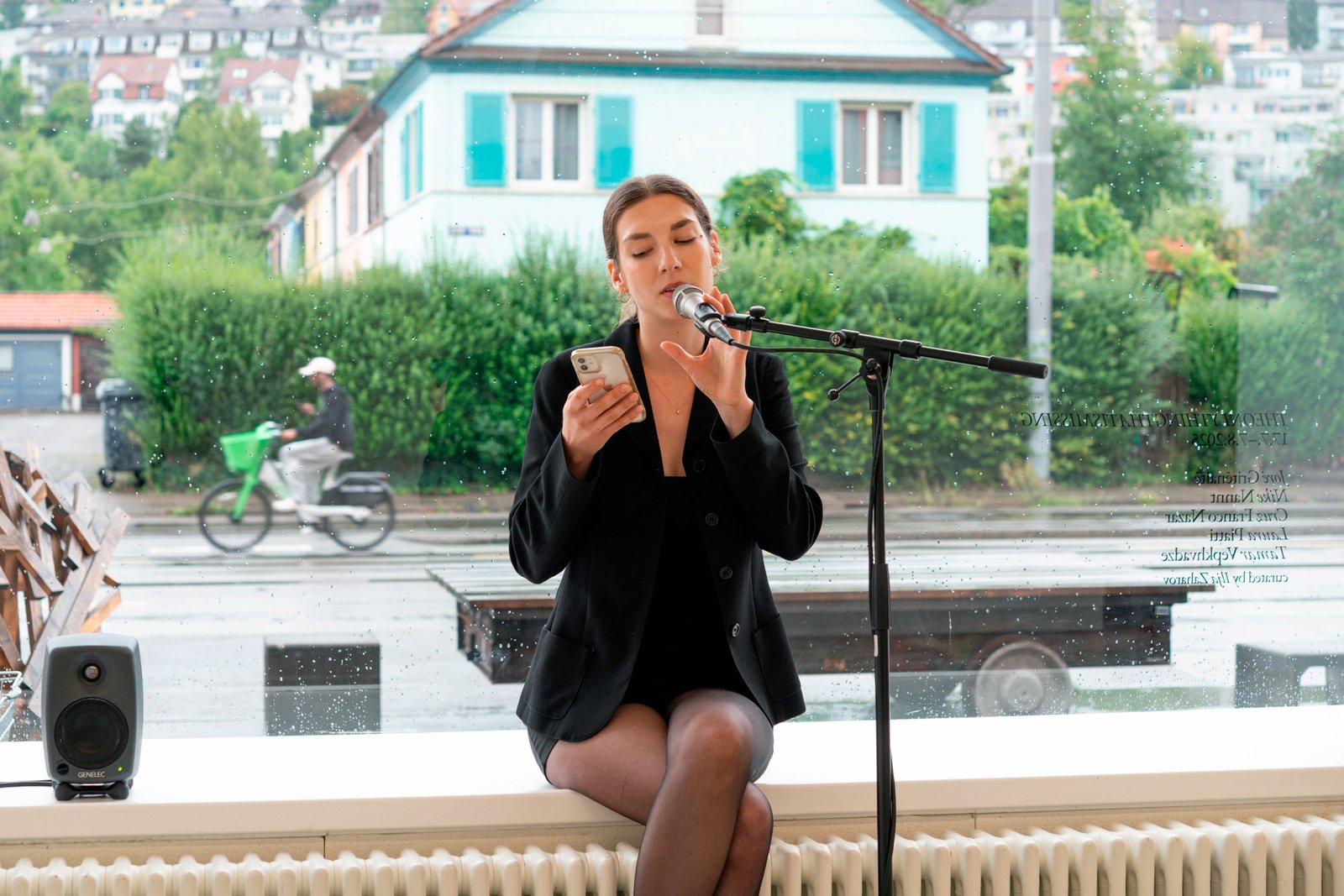
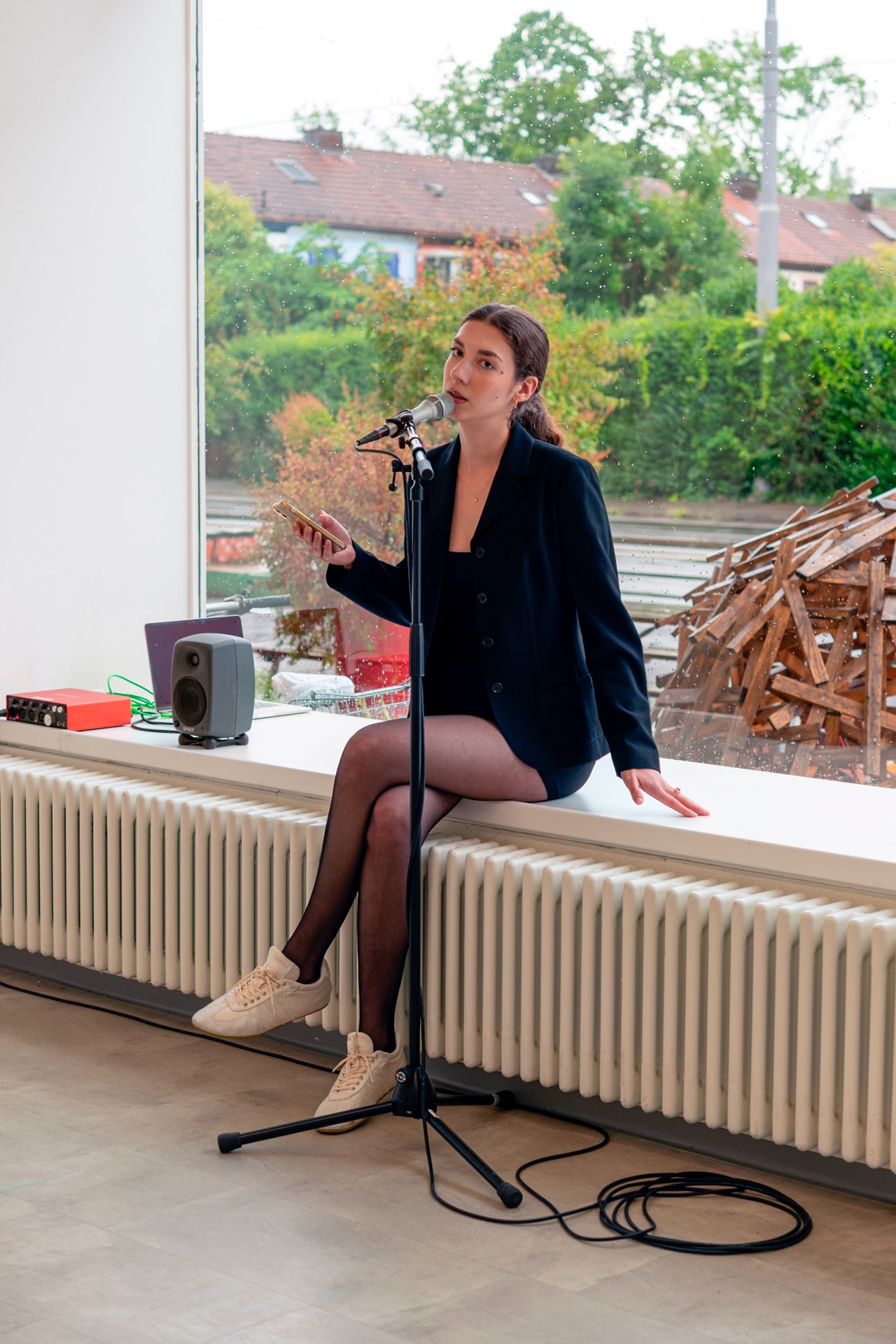
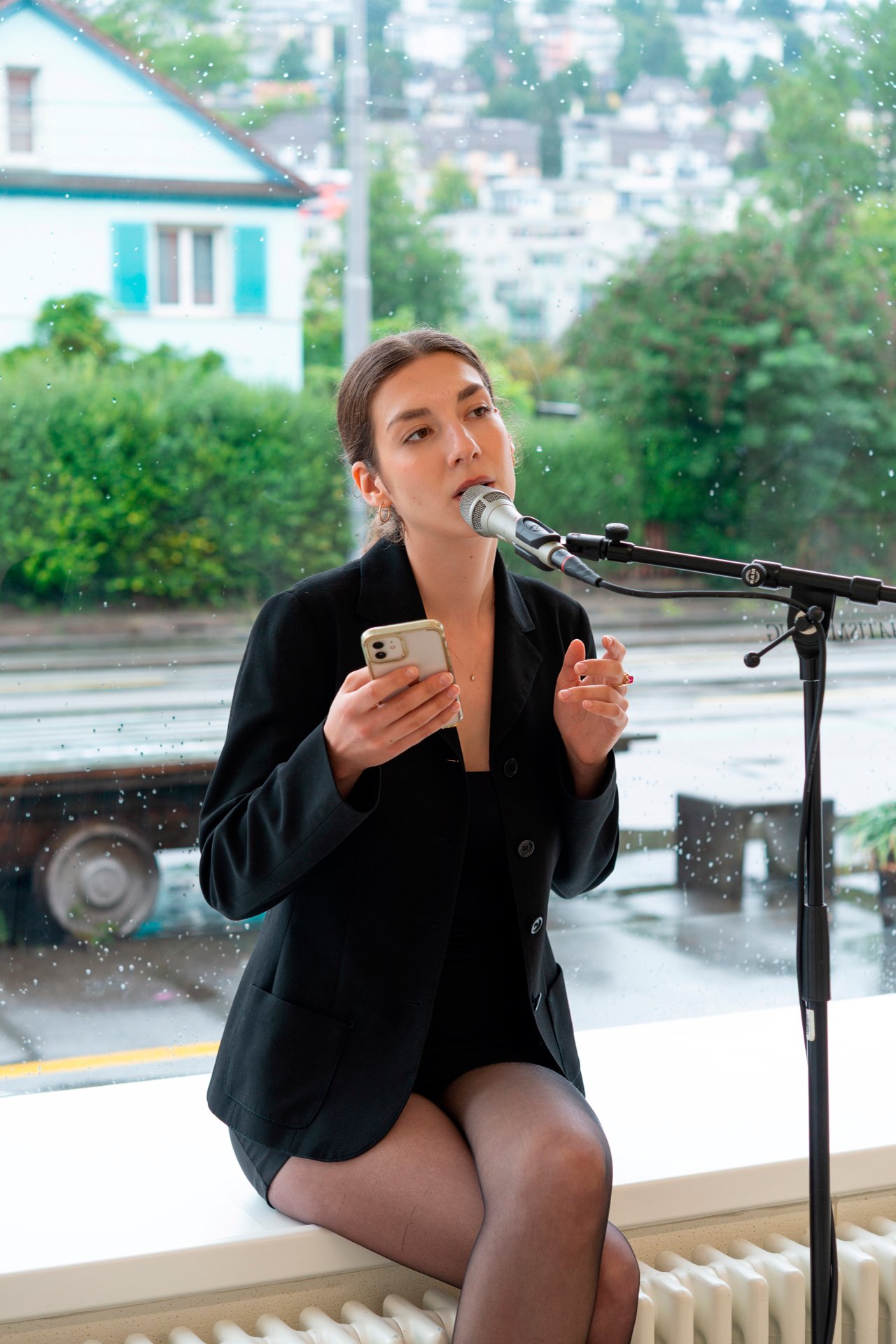
The thing that’s missing isn’t an ingredient, or a magic word, or the last piece of a puzzle. It’s not something you can just add and be done with.
What’s missing has to do with the thing that misses it—with the structure of lack itself. Because if that one missing thing were to appear, the thing that was missing it would cease to exist. It would become something else entirely.
Its whole shape, its identity even, depends on the absence. The lack isn’t a hole to be filled, rather, it’s what holds the thing together.
This means: The missing thing cannot be fulfilled without destroying the thing that was missing it. Because as long as the lacking thing still exists, whatever it’s missing can’t.
Perhaps it’s not that there’s something not there, but that we keep arranging things in such a way that something must always be missing. Maybe we need the absence to keep feeling like something’s at stake. A kind of structural superstition.
The problem with most debates around art is how little space they give to contradiction. Everything comes out too smooth. Neatly wrapped into stories of success or collapse. Always a through line and a point. The artists make sure to cross the T’s and dot the I’s. Always a finish.
But contradiction doesn’t finish, doesn’t break even. It resists coherence.
What’s left out, what goes unsaid, what’s held in tension—that’s not separate from the rest. It’s part of the structure. One speaks through the other.
So maybe what’s missing isn’t something that’s been lost, but this refusal to flatten. The gap where contradiction lives as a motor of sorts.
Abstraction helps us think. But life, the way it’s lived, handled, dropped, rarely matches the clarity of our frameworks. Contradictions don’t line up. They pull from different sides.
Which means the thing that’s missing might be the very impossibility of holding all parts of an experience together at once. And trying to name it only makes it slip.
Ilja Zaharov
